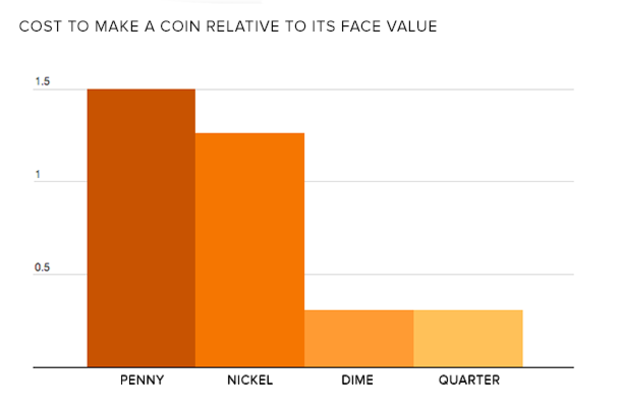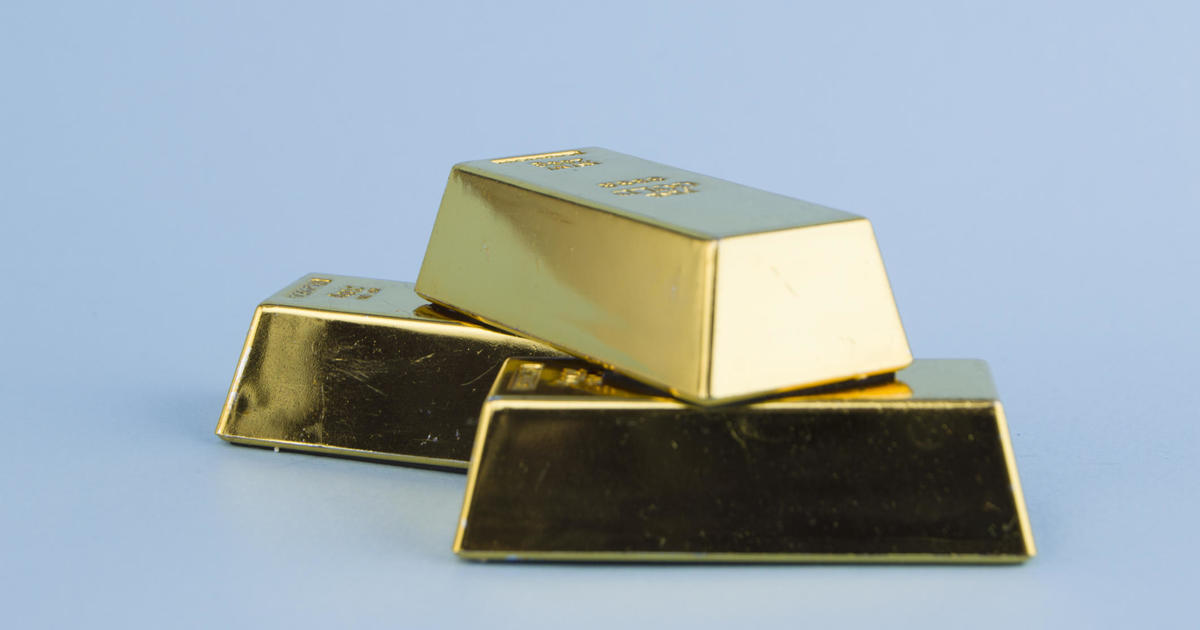It cost 1.5 cents to make a penny last year
Issuing pennies doesn’t seem to make much economic sense.
Last year, each penny cost 1.5 cents to make -- about 50 percent more than its face value -- and all the pennies the U.S. Mint issued last year cost it $46 million. It’s the 11th year the cost to make a penny has been higher than its face value.
Nickels, too, cost more than their value to make -- 6.32 cents for each five-cent piece last year. At least the Mint makes a profit on dimes and quarters.
The high prices are mostly caused by metal, manufacturing and transportation costs, a spokesman for the Mint said. (Pennies, despite their copper color, are mostly made of zinc.) And their cost is lower compared to just a few years ago: In 2010, each penny cost 2.5 cents to manufacture.
Despite sporadic efforts from government to lower the costs of penny-minting, that doesn’t seem likely to happen. Congress in 2010 directed the Mint to find a cheaper way to manufacture the penny, but the Mint soon concluded there wasn’t one. “There are no alternative metal compositions that reduce the manufacturing unit cost of the penny below its face value,” it said in a 2014 report, which also said changing a penny’s metal composition would cost coin-reliant industries far more than it would save in manufacturing costs.
And in 2015, then-Treasury Secretary Jack Lew considered eliminating the penny altogether.
Many economists have spoken out in favor of dropping the smallest circulating denomination. Its low value means consumers neglect it, they argue. As a result, pennies pile up in jars or under sofa cushions rather than being used for purchases. That trend is likely to continue as more and more purchases are made without cash.
Because so many pennies are kept out of circulation or discarded, the Mint keeps having to issue more. Last year, it put out 9.1 billion pennies -- more than all other coin denominations combined.
Other countries have successfully dropped smaller-value coins with no ill effects. Australia and New Zealand haven’t had one- or two-cent coins in circulation since the early 1990s. Canada in 2012 moved to phase out its lowest denomination of a penny, estimating the move would save consumers $11 million ($8.2 million U.S.) every year.
There’s precedent for this in the U.S., too. American currency used to feature a half-penny, but the mint stopped putting out the coin in 1857, when it had the same buying power a dime does today.




